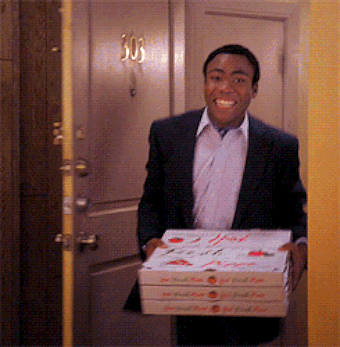Just a month ago, I had ~100,000 work-related and personal emails in my inbox. Nearly 60,000 of them were unread. I had haphazard systems of tags, folders, and various inbox extensions to help me manage it. Suffice it to say, my email organization “system” (if you could call it that) wasn’t working.

My poor email hygiene was a source of stress, a blocker to productivity, and (perversely) had me addicted to constantly refreshing my inbox for novel stimuli (in the form of new emails).
I give this prelude, because if I can conquer Inbox Zero, anyone can.
The method I use is primarily based on Tiago Forte’s Praxis article on Inbox Zero, with some slight customization.
Fully implementing this system took me a few hours, but it could easily be broken up into smaller pieces instead of a heavy lift. Most importantly, this system unlocks several hours per week for me, so the investment has already paid for itself many times over.
Here are a few of the most important takeaways:
- Your mantra: Touch every email once, only once
- Your inbox serves the same purpose as an analog mailbox. It has one job only: collecting new inputs
- Your email inbox is not: a to-do list, your “read it later” queue, or a filing cabinet. You wouldn’t use your analog mailbox for these functions. It’s even crazier to use your email inbox for them
- When starting out, use tools like Mailstrom to take mass action to delete, archive, and unsubscribe from emails. This will save you hours of time.
- Get rid of every single label, folder, filter, and notification. They’re not worth the cognitive overhead and maintenance (especially with the power of email search). Your email system should be designed for the tired, bored, impatient, unmotivated version of you — as frictionless as possible
- There are only 6 options for which action to take with each email after you read it:
- Archive it
- Reply (if and only if it takes less than 2 minutes)
- Add it to your calendar
- Make it a task in your task manager
- Add it to your reference app (i.e. Evernote)
- Send it to a read-later app (i.e. Instapaper)

My own customization: I schedule my email delivery.
I have very little self control, and I wanted to defeat my addiction to checking my inbox (I estimated between mobile and desktop I was refreshing ~50x per day during the week).
Using a software tool like Boomerang or Batched Inbox, I only receive email at select times during the day. I only receive personal email at ~9am and ~4pm. I receive work email 7x per day (~every 90 minutes from 9a — 5:30p).
So If I ever navigate to Gmail, or open the mail app in my phone, from 5:30pm — 9am, or outside of designated “email delivery” times, I see nothing, and hear crickets.
Can you imagine going to check your analog mailbox 50x per day, because the mailman could bring an important letter at any time? Of course not.
Batching email is the most controversial element of my system. It’s also the most critical. I acknowledge that some people believe they never check email solely between 9–5:30. I also acknowledge that I am on Slack with my co-workers so this is a little bit of a loophole in my “disconnecting.”
However, a WIDE gap exists in knowledge workers’ current email habits (expectations of constantly checking email 24 x 7x 365) and something more reasonable. It’s not just for your own sanity (which is the most important benefit). Counterintuitively, it will increase your actual productivity.
For me, email is now gamified. I actually look forward to checking my email and seeing how quickly I can plow through it. I can typically get through 50 unread emails in 10 minutes.
Check out my original article One-Touch to Inbox Zero for the full workflow described above
Follow us for the latest updates and insights around productivity and Building a Second Brain on Twitter, Facebook, Instagram, LinkedIn, and YouTube. And if you're ready to start building your Second Brain, get the book and learn the proven method to organize your digital life and unlock your creative potential.
- POSTED IN: Case studies, Guest Posts, Organizing, Productivity, Workflow
